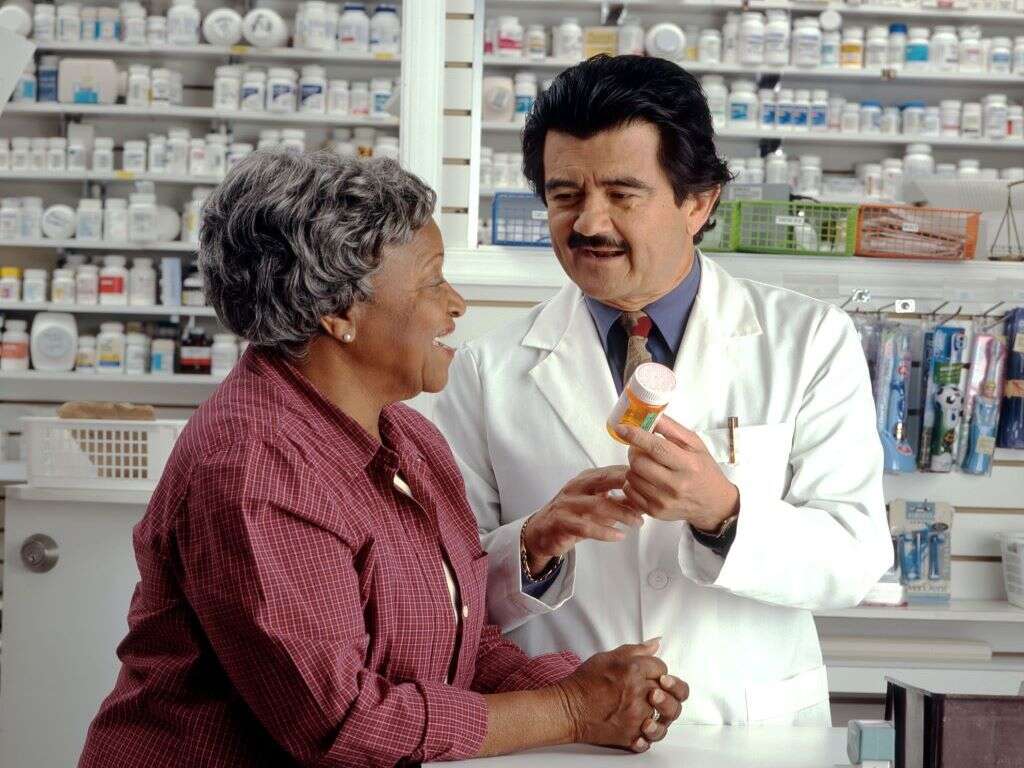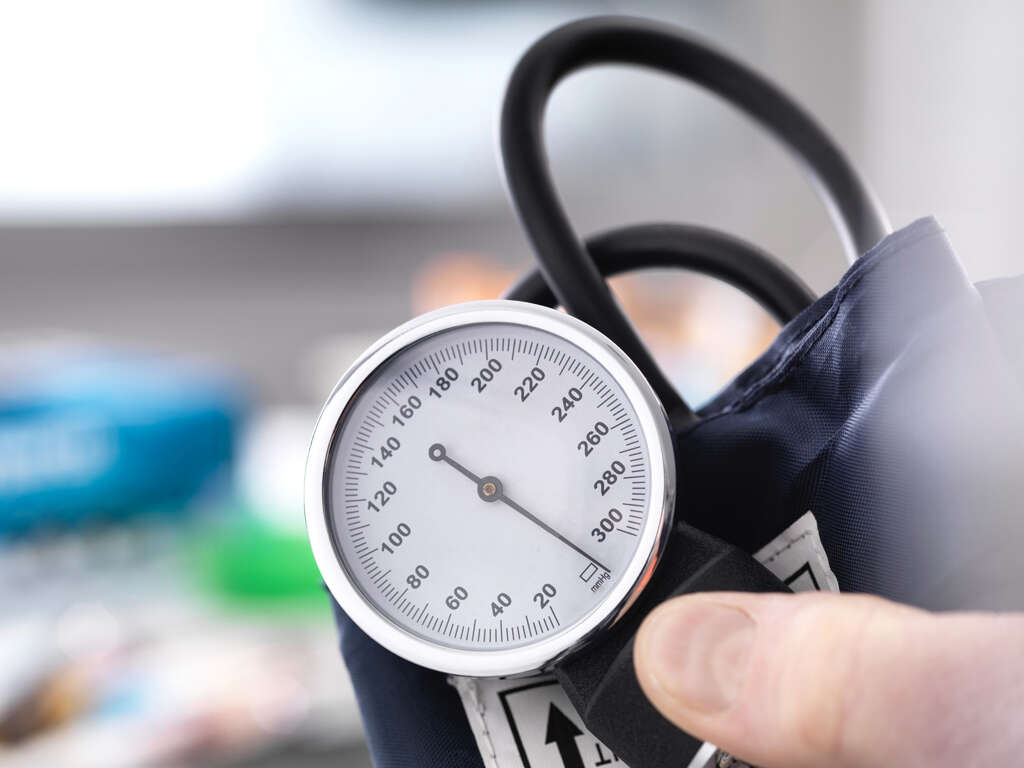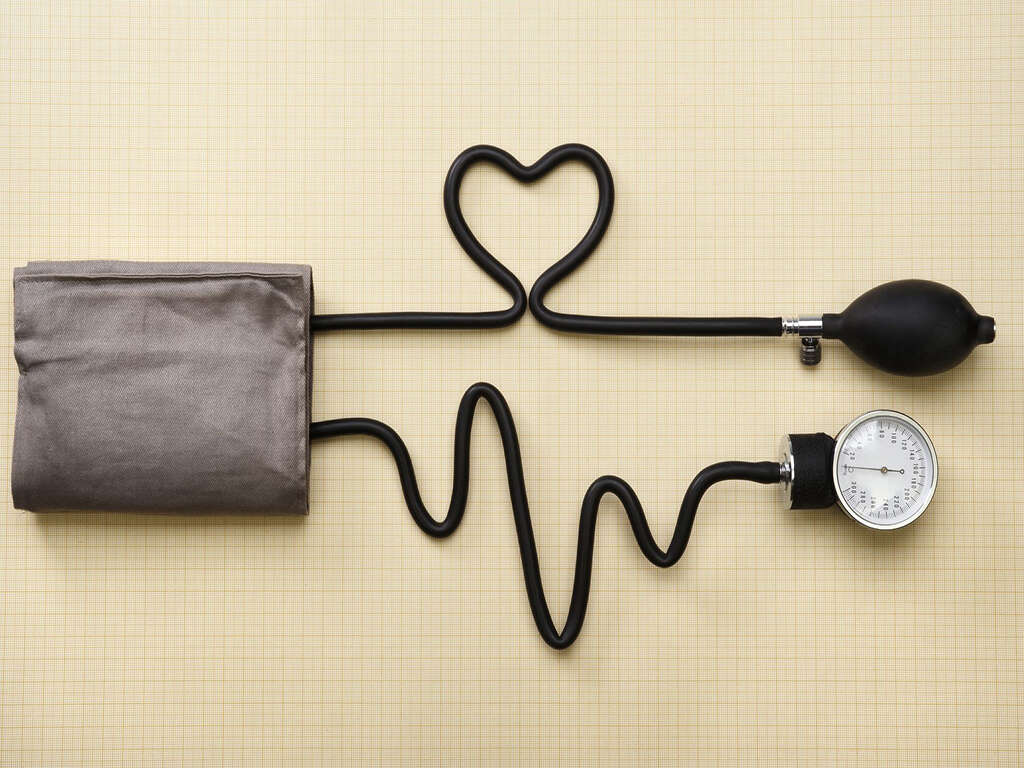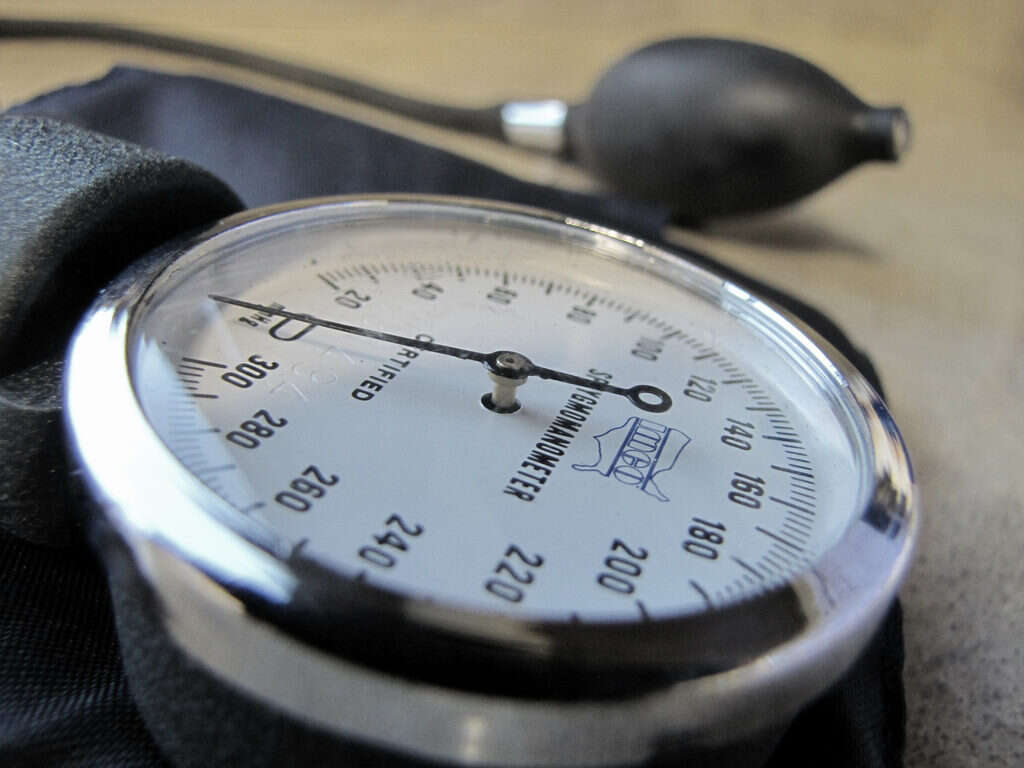10 Causes of Orthostatic Hypotension
Orthostatic hypotension, or postural hypotension, describes the condition where an individual’s blood pressure falls when they stand up from a sitting or lying position. It can be defined as a decrease of at least 20 mmHg in the systolic blood pressure or 10 mmHg in diastolic blood pressure within the first 3 minutes of standing up.
It is thought to be due to the delayed constriction of the blood vessels in the lower body. Due to the delayed constriction, the blood remains pooled in the legs for a longer duration with less returning to the heart. This reduces cardiac output and causes orthostatic hypotension. Mild cases are common and can occur in anyone. However, it is most commonly seen among the elderly and individuals with low blood pressure. Severe decreases in blood pressure can lead to fainting and injuries from falls.
Treatment involves treating the underlying cause, increasing salt intake, ensuring hydration, wearing compression socks, and taking medications (midodrine and fludrocortisone). Below are 10 causes of hypotension to be aware of.
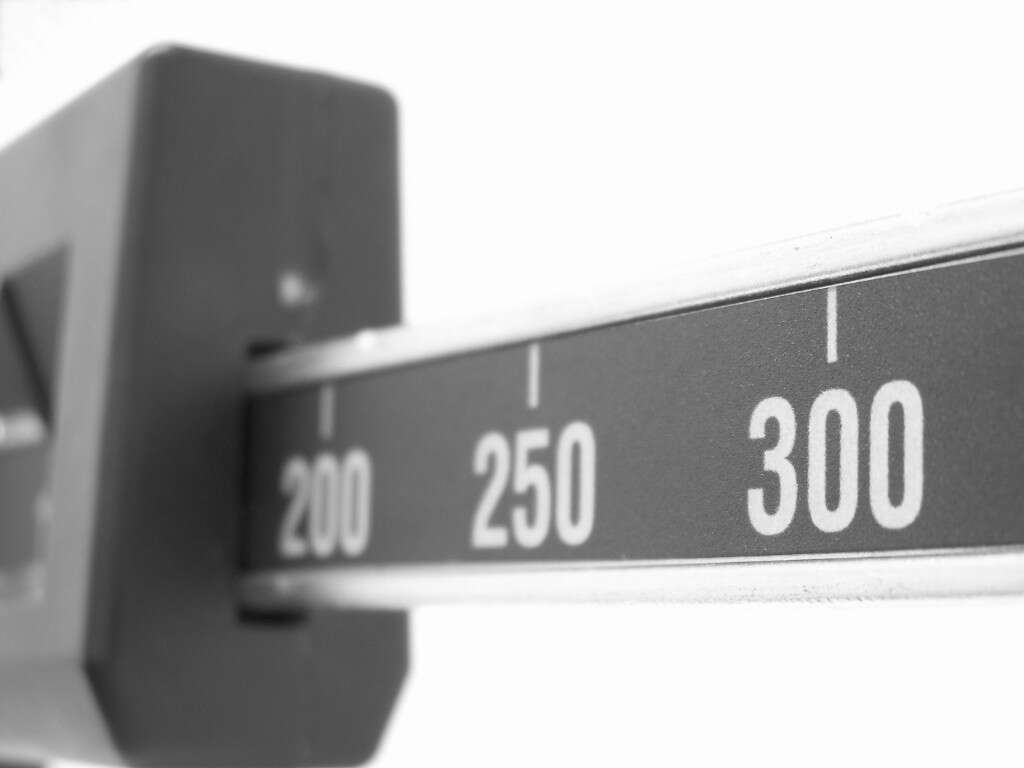
Cause #1: Low Blood Volume
Low blood volume or hypovolemia occurs when there is blood loss, loss of plasma, and loss of sodium and intravascular water. These symptoms can be seen in bleeding, blood donation, severe burns, diarrhea, vomiting, and dehydration. Symptoms of hypovolemia include headache, profuse sweating, fatigue, nausea, and dizziness. There can also be orthostatic hypotension.
Hypovolemia can be treated by controlling the bleeding or compensating the deficit of blood volume using intravenous fluids, blood, or blood substitutes.

Cause #2: Immobility or Bedridden
Being bedridden is a type of immobility where the affected individual is unable to move or sit upright. It should not be confused with bed rest, which is a treatment to help with recovery or to limit activities.
Some serious consequences of being bedridden include muscle wasting, thrombosis, orthostatic hypotension, bed sores, contractures, and osteoporosis. Individuals who are bedridden are often passive, withdrawn, and suffer from depression. Individuals who are bedridden should maintain a healthy diet and keep active to prevent further complications.
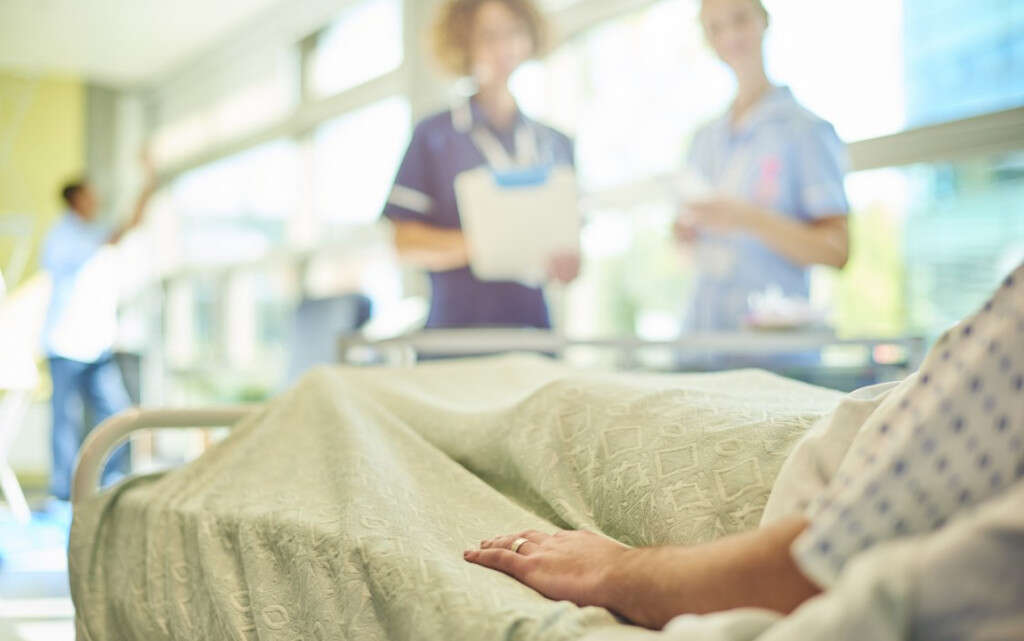
Cause #3: Weight Loss
Weight loss occurs when there is reduction of the total body mass due to loss of muscle, adipose tissue, tendon, and bone mineral deposits. Weight loss can be both intentional or unintentional. Intentional weight loss is often referred to as “slimming.” It may be done to improve health, fitness, or appearance.
Weight loss can also reduce risks of cardiovascular disease, stroke, and lower blood pressure, cholesterol levels, and blood sugar levels. Other benefits include relieving the pressure on the joints, especially the knees. However, it has been observed that large amounts of weight loss that occurs too rapidly can result in orthostatic hypotension.

Cause #4: Anemia
Anemia refers to the decrease in total red blood cells or hemoglobin. This results in a decreased ability to supply oxygen to the rest of the body. Anemia can result in symptoms such as tiredness, weakness, breathlessness, confusion, loss of consciousness, and increased thirst.
Anemia can occur because of blood loss, increased breakdown of red blood cells, or decreased production of red blood cells. Anemia is also one of the commonest causes of orthostatic hypotension.
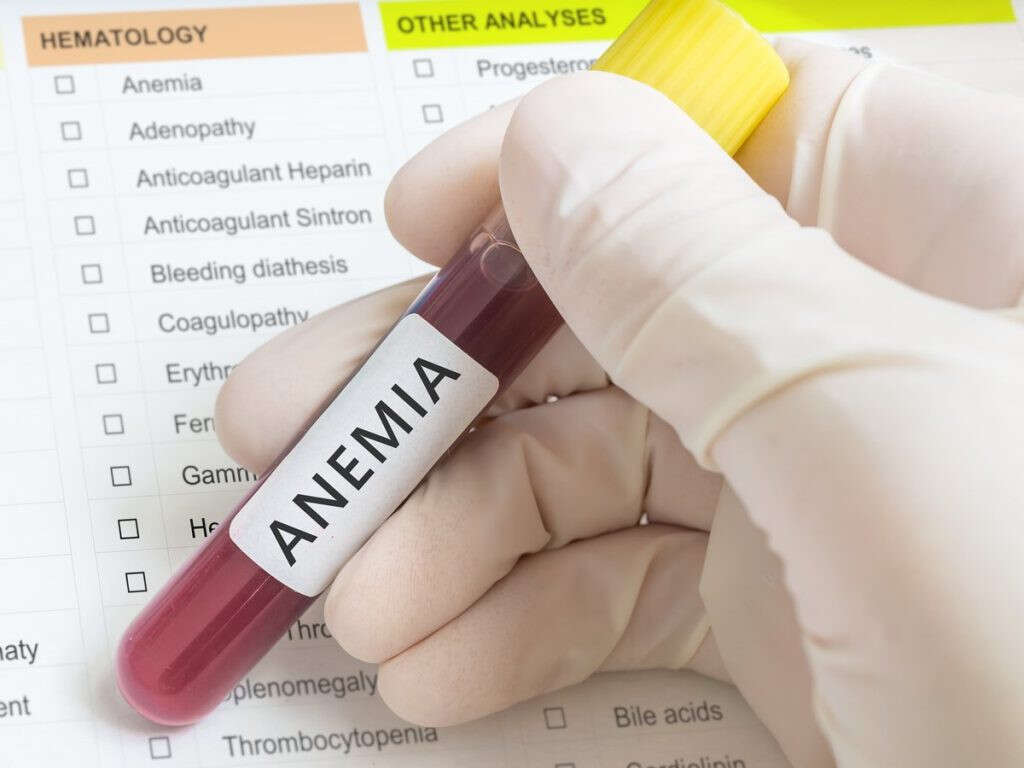
Cause #5: Bariatric Surgery
Bariatric surgery is usually performed on individuals who are obese. It aims to help with weight loss through the reduction of the stomach size via gastric banding or removing part of the stomach. Long-term studies have found that the procedure can help with weight loss, reducing risks of cardiovascular disease, recovering from diabetes, and reducing the mortality rate by 23 to 40 percent.
Bariatric surgery is recommended for those with a body mass index (BMI) of at least 40 or a BMI of 35 if there are serious coexisting comorbidities. It can result in complications such as nutritional derangements, seizures, and orthostatic hypotension.

Cause #6: Alcohol
Alcohol consumption has been linked to syncopal events. Studies have found that short-term consumption of alcohol can cause orthostatic hypotension due to impairment of vasoconstriction.
Besides orthostatic hypotension, alcohol also has other effects on health such as intoxication, dehydration, and damaging the liver. Per the dietary guidelines for Americans, moderate consumption of alcohol can be defined as 1 drink a day for women or 2 drinks a day for men.

Cause #7: Bulimia Nervosa
Bulimia nervosa is an eating disorder where there is binge eating and purging. This means that the affected individual eats a large amount of food rapidly and then attempts to purge the food consumed through vomiting or taking laxatives. They may also use stimulants, diuretics, excessive exercise, and water fasting.
Bulimia has been associated with depression, anxiety, issues with drugs, alcohol use disorders, and other mental disorders. There is also a higher risk of suicide, self-harm, and orthostatic hypotension. This disease is more commonly seen among those with a positive family history. Other risk factors include obesity, psychological stress, and poor self-esteem.

Cause #8: Anorexia Nervosa
Anorexia nervosa is an eating disorder where the affected individual is afraid of gaining weight along with a strong desire of wanting to be thin. This leads to extreme calorie restriction. Most of these individuals see themselves as being overweight despite being underweight. They also often deny having issues with a low weight.
Anorexia nervosa can also cause orthostatic hypotension. Other complications include infertility, heart damage, osteoporosis, and amenorrhea. Genetic and cultural factors have also been linked to this disorder. It is more commonly seen among individuals involved in high-level athletics, dancing, and modeling.

Cause #9: Medications
Orthostatic hypotension has been observed as a side effect of certain medications such as antidepressants like tricyclics and monoamine oxidase inhibitors particularly in older adults. It can also be caused by alpha-1 blockers as it causes inhibition of vasoconstriction, which is usually performed by the baroreceptor reflex causing a decrease in pressure.
Other examples include hypertensives, which impair the autonomic reflex mechanisms, and diuretics, due to reduced intravascular volume.

Cause #10: Marijuana
Marijuana, or cannabis, is increasingly popular in the medical field. There is limited evidence from studies that shows that medical marijuana can help decrease nausea or vomiting, improve appetite, and reduce pain or spasms.
There are some common side effects with marijuana use such as vomiting, dizziness, tiredness, hallucinations, risk of addiction, memory issues, and concerns with cognition. It has also been observed to possibly cause orthostatic hypotension. It can be administered with a variety of methods such as tinctures, lozenges, oral sprays, capsules, edibles, and vaporizers.






